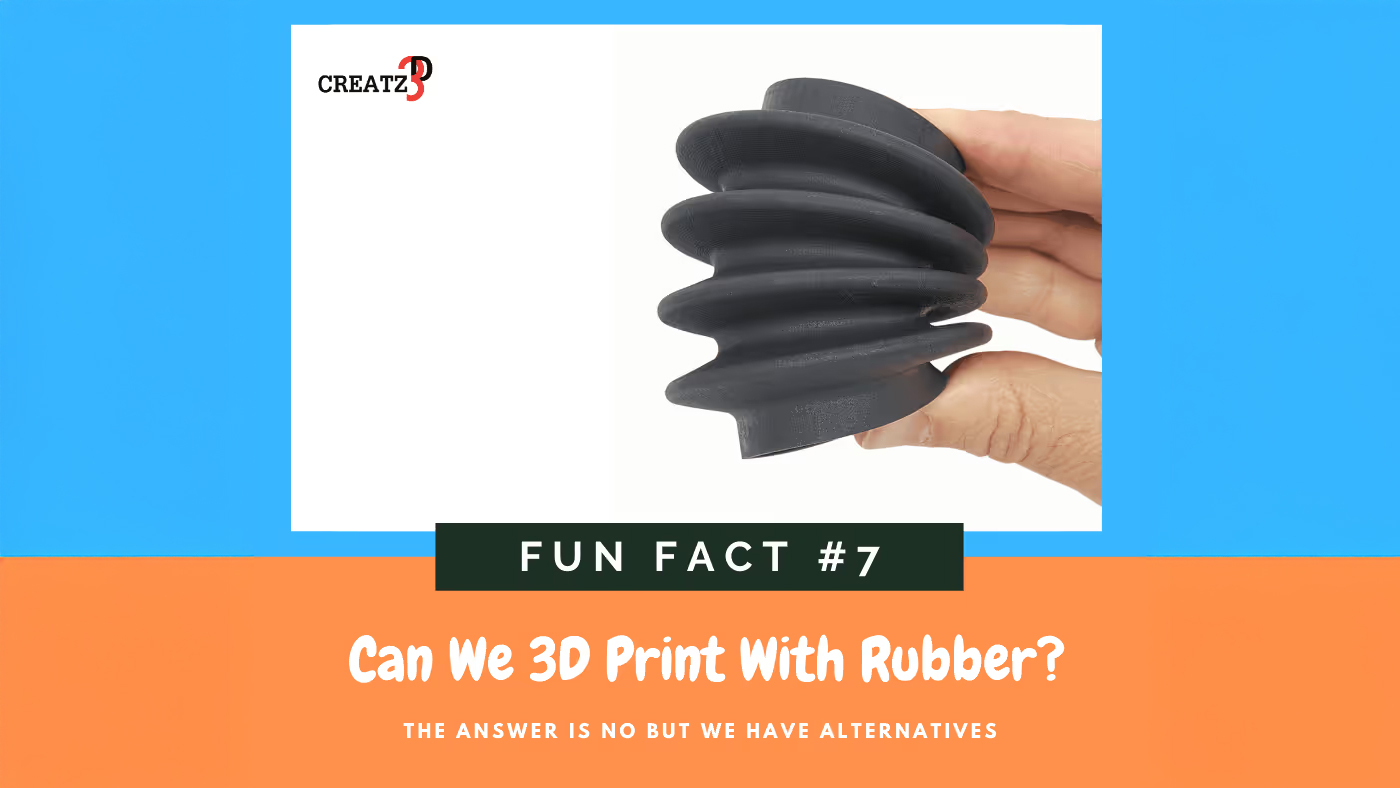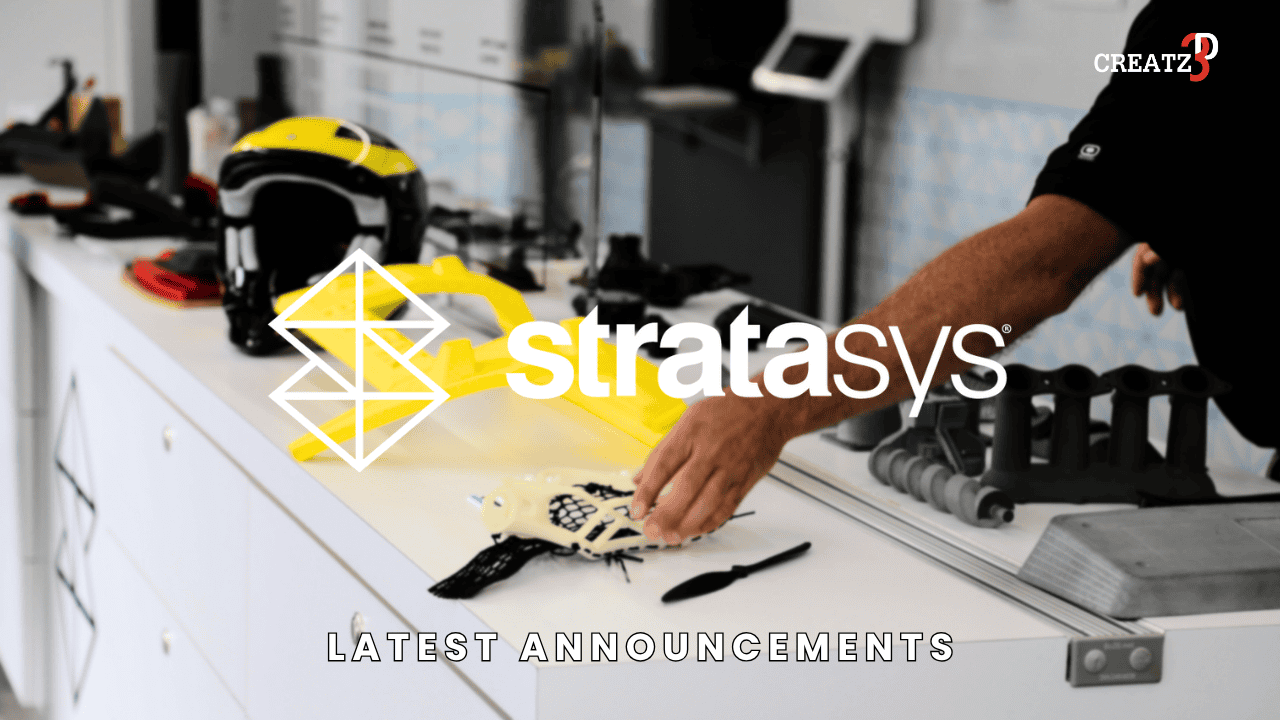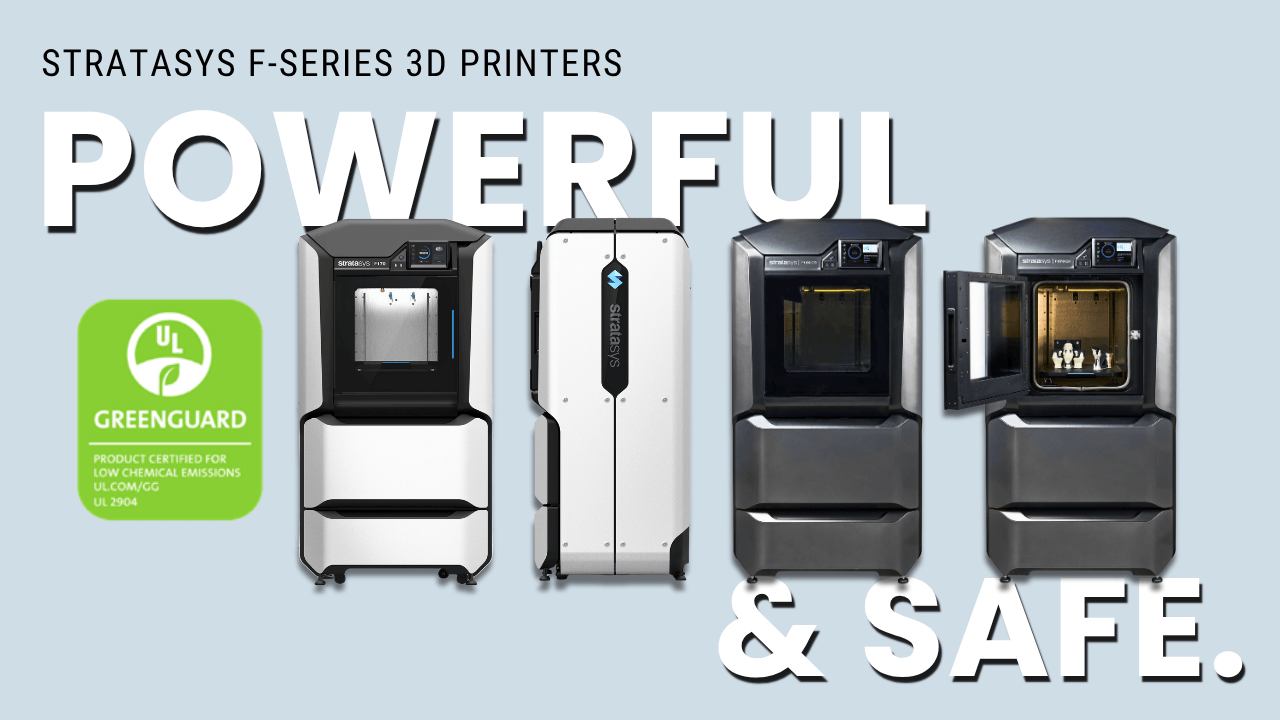
Welcome to another Creatz3D Fun Fact Series!
“Can we 3D Print with Rubber?” is an inquiry that we often receive from customers, but the answer is that it’s not possible because of the organic nature of rubber. But the good news is there are rubber-like materials like Tango, Agilus, and TPU 92A from Stratasys which you use to 3D print different applications. Let’s find out more in today’s Fun Fact!
If you had missed our earlier fun facts, you can click here.
Rubber is an organic material so that means it cannot be influenced by an external factor. But in the 3D printing world, we have alternatives in the form of rubber-like materials that mimic how rubber behaves.
So while we can’t 3D print rubber, rubber-like materials can serve our 3D printing needs. One term to describe a material’s hardness or softness is through Shore value; a high value means it is harder compared to a lower value.

For aesthetic applications, there’s Tango and Agilus which offer hardnessess ranging from 27 to 75 on the Shore A scale while we can go to TPU 92A Elastomer for functional applications.

The rubber pads on these headphones have a Shore A value of 27. The full model was 3D printed in one piece.
TANGO
Tango is a simulated rubber-like material from Stratasys, and simulate soft-touch coatings, non-slip surfaces, overmolding grips, shoe soles, and applications that require flexible characteristics.
Tango materials (Black and Grey) come with durometer values of Shore 61A and Shore 75A to the newer TangoBlack+ and Tango+ (transparent) materials, which are both Shore 27A.
The hardness values are comparable to rubber bands, tire treads, and shoe heels.


AGILUS
Producing flexible yet strong parts, Agilus further improves on the strengths of Tango, with the ability to hold up much better when being stretched and when subjected to rough handling. It also has better compression characteristics which comes in handy when printing gasket/seals into parts.
With a Shore A value of 30 in clear, white, or black, Agilus 30 is ideal for advanced design verification and rapid prototyping that accurately simulates the look, feel, and function of rubber-like products. It can also be mixed with another material to achieve different shore A values and colors.

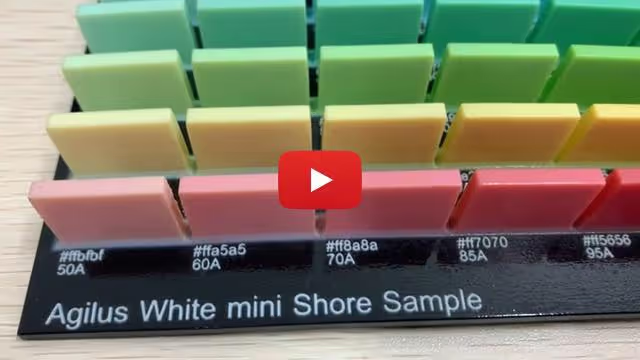
TPU 92A ELASTOMER
Elastomer is often used interchangeably with the word “rubber” because they are both flexible and elastic.
Unlike rigid polymers which will yield, deform, or break when subjected to stretching, bending, or compression, an elastomer will simply stretch or compress before going back to its original shape.
The global elastomer raw material market is worth over $20 billion, and almost of half is accounted for in transportation, 14% in wheels and tires, 9% in both construction, and surprisingly in footwear.
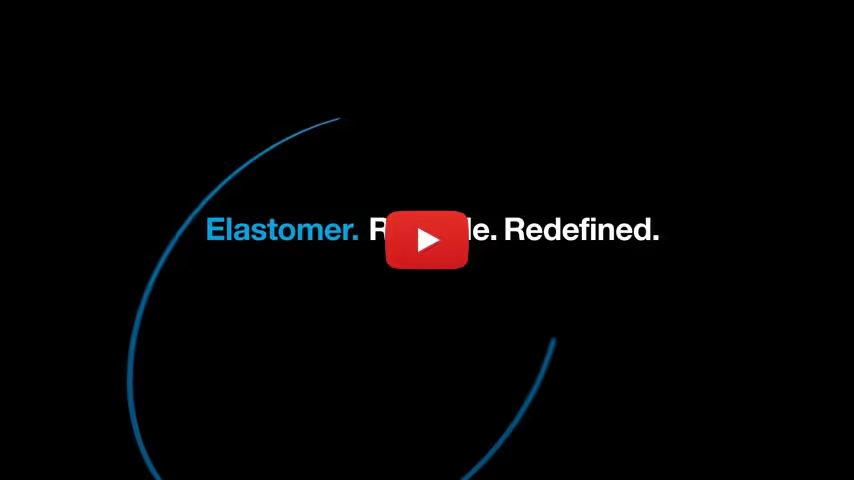
Renowned for high elongation, superior toughness, and extreme durability, TPU 92A is thus ideal for 3D printing when it comes to functional/ergonomic prototyping or even end-use parts.

With flexible rubber-like materials, you can be free from design constraints instead of having to circumvent your ideas. Create realistic prototypes with flexible, rubber-like qualities with Tango, Agilus, or TPU 92A depending on your needs.
